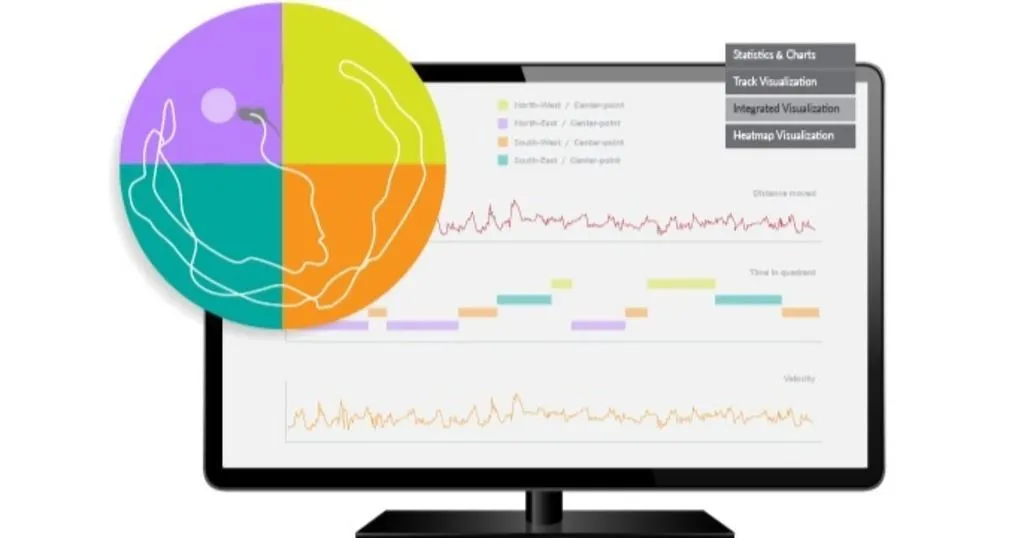Gender differences in rodent research
Gender differences matter in research. Many studies focus on male mice, but female representation is crucial for accurate, inclusive, and impactful science.
Posted by
Published on
Thu 21 Jul. 2022
Topics
| Addiction | Behavioral Research | EthoVision XT | Mice |
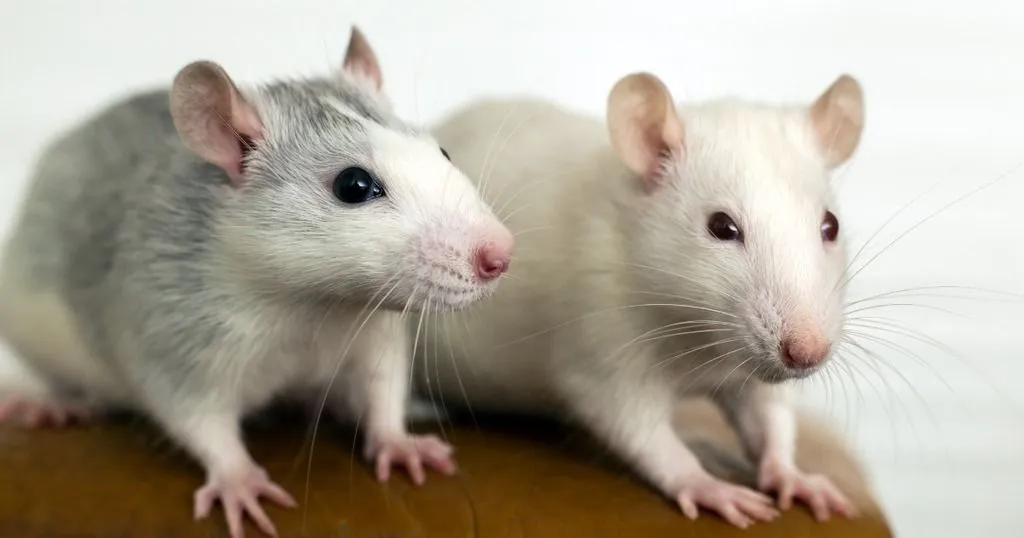
Gender differences matter in research. Many studies focus on male mice, but female representation is crucial for accurate, inclusive, and impactful science. From love and heartbreak to alcohol and drugs, these thought-provoking articles shed light on the ways we think, feel, and make decisions.
Gender differences in behavioral studies
Everybody is different, and that is a good thing. We also see specific differences in mice. In character, probably, but today we address gender differences. Males and females are biologically not the same, and that is an important factor to take into account in scientific studies.
Most studies are done in male mice. Mostly because it is easier, as the estrous cycle of females often presents cofounding factors.
This is slowly but surely changing in the last years. And that is a good thing, because why study heart problems in male mice only, while heart (& vascular) disease is the leading global cause of death for human females? And why study depression in male mice only, while major depression affects more women and symptoms can differ so vastly between men and women?
Biological, physical, and emotional gender differences should not be overlooked when conducting (preclinical) research, as every part of the human – or animal – population should be represented. It’s only fair. And scientifically correct.
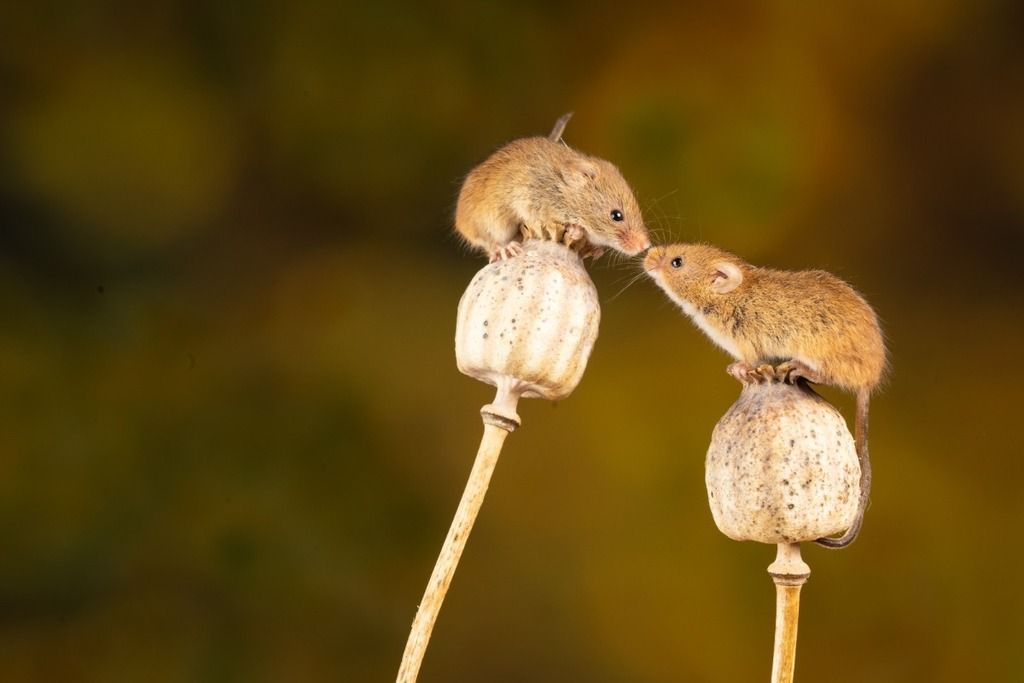
Male mice go bananas
Some differences are discovered by accident, like The Scientist reported last month. Jeffrey Mogil, a specialist in pain studies at McGill University, was conducting two different studies, and noticed that male mice were acting weird around pregnant mice. Males got stressed out, while other non-pregnant females in the neighbourhood did not. So, he decided to investigate.
What he discovered was a form of social signalling behavior, as pregnant and lactating females left urine marks to warn males to stay away from their pups. That smell, coincidentally the same as that of bananas, stresses male mice out.
Longer heartbreak for females
5% of mammals are monogamous. The California mouse is part of this group, showing exclusive mating behavior. One mate to grow old with, share food, and take care of the kids and the household.
But not all love is meant to last, and even California mice show infidelity. Valentino, Roy, and Becker set out to find out what happens after a – somewhat forced – breakup in the lab. Did they find new romance, and was it build to last?
Mostly, yes. 85% of the ‘re-pairs’ gave birth to new kids. But it took females a little bit longer to get over their past relationship, it seems, as females took longer to birth a new litter compared to original breeding pairs.
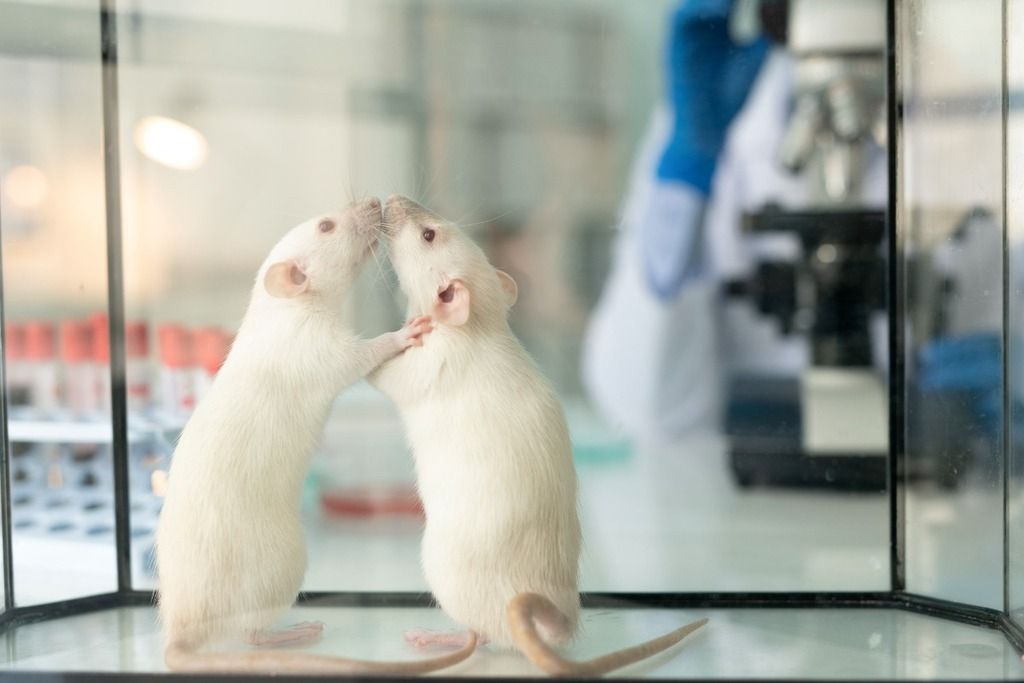
Binge drinking in men and women
When you think about alcohol misuse, you probably picture someone that drinks a good amount each day. But alcoholism can take several forms, one of which is binge drinking. Instead of a typical alcohol dependence, binge drinkers infrequently consume heavy amounts of alcohol.
Recently, researchers from the Colombia University in New York concluded that alcohol consumption and binge-drinking are increasing mostly among women in their 30s and 40s.
We know that alcohol use disorders have a comorbidity with depression and anxiety. These disorders might be provoked by the effect alcohol has on the nervous system and metabolism. At the same time, women also seem to suffer more from affective disorders. So, are they more susceptible to binge-drinking and its effects?
Cortez, Brocardo, and Leasure investigated these possible differences in male and female rats. They predicted females would be more anxious, show more depression-like symptoms, and have more physical effects such as oxidative stress. But while binge drinking did certainly affect behavior and physiology, no gender differences in effects of alcoholism were found in this study.
After three binge-drinking episodes, rats were tested to assess locomotion (open field test), anxiety-like behavior (elevated plus maze test), and depressive-like behavior (forced swim test). They used EthoVision XT video tracking to automatically measure the activity and behavior of the rats during the tests. Check out the full publication for more details on the test.
FREE E-BOOK: Basic behavioral neuroscience in rodents
Want to know more about anxiety testing and other aspects of rodent research? Then, download our free e-book.
- Including protocol suggestions
- Theory behind behavioral paradigms
- Why and how to test these
Gender difference in effects of drug abuse
Millions of people suffer from opioid use disorder. In other words: they are addicted to drugs. Fentanyl is a heavy pain killer, but has also gained popularity are as a recreational drug. It is often the cause of overdose and unintentional consumption because of contamination with other drugs.
But we don’t know a lot about fentanyl, so Gaulden and his colleagues set out to gain more knowledge, specifically on sex-related differences in responses. And there are differences, at least in rats.
For example, exposure to fentanyl enhanced activity in females, but not in males. After repeated exposure, activity was enhanced even more (behavioral sensitization) in females, but not in males. On the other hand, fentanyl produced a significant conditioned place preference (preferring the place paired with the drug) in both sexes, but it was more pronounced in males.
The researchers measured the effects of both acute and chronic exposure to fentanyl by assessing activity and behavior in an open field test. Effects of low and high doses of the drugs were tested in a conditioned place preference test. For both tests, EthoVision XT video tracking was used. Check out the paper for more details.
FREE TRIAL: Try EthoVision XT yourself!
Request a free trial and find out what EthoVision XT can do for your research!
- A cost-effective solution
- Powerful data selection
- Most cited video tracking system
Men, women, non-binary… we are all equal but not the same. Some of us strongly believe we must come from different planets. Science confirms at least some of the differences we see related to gender.
This underlines the importance of research in both male and female subjects. It uncovers a lot of previously unknown differences in biological mechanisms, and inclusiveness is a necessary step in biomedical research. It takes us closer to improving not only our understanding, but also better ways to treat specific diseases and/or disorders better.
References
- Cortez, I.; Brocardo, P.S.; Leasure, J.L. (2021). Changes in affective behavior and oxidative stress after binge alcohol in male and female rats. Brain Sciences 11, 1250.
- Gaulden, A.D.; Burson, N.; Sadik, N.; Ghosh, I.; Khan, S.J.; Brummelte, S.; Kallakuri, S.; Perrine, S.A. (2021). Effects on fentanyl on acute locomotor activity, behavioral sensitization, and contextual reward in female and male rats. Drug and Alcohol Dependence 229, 109101.
Related Posts
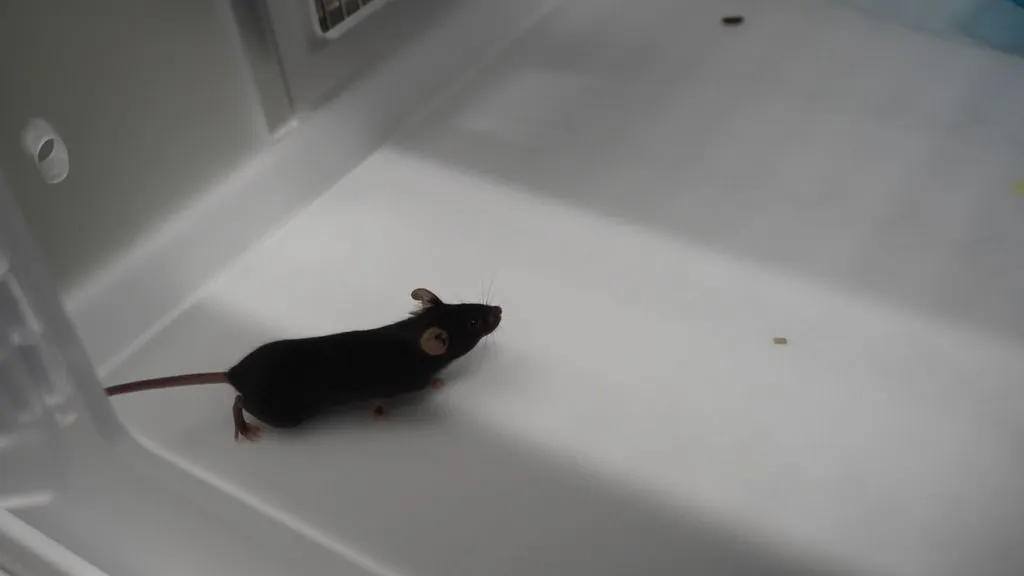
FAQ: Getting started with PhenoTyper

Many ways to measure behavior
